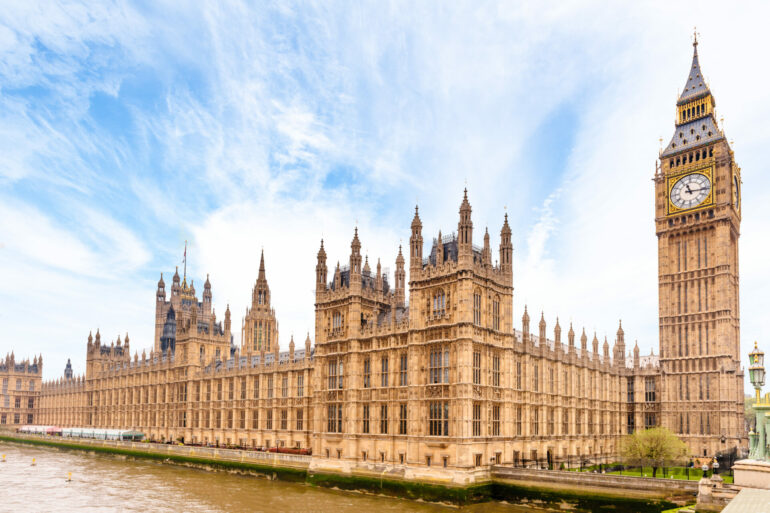Rightmove has called on the Government to maintain the current stamp duty threshold for first-time buyers.
New analysis from the property website reveals that only 37% of homes for sale will be eligible for first-time buyer stamp duty relief in England when the thresholds revert in April 2025.
Currently, first-time buyers pay no stamp duty on properties up to £425,000, but this is set to drop to £300,000, reducing the proportion of eligible homes from 58% to 37%.
Rightmove’s data shows that since 2010, the average asking price of a home has risen by 62%, from £230,592 to £373,493. This increase means that, without the current threshold, a first-time buyer would pay £3,675 in stamp duty for a home at the average asking price in 2025.
The impact varies by region, with the South West and East of England being most affected, while the North East will be least impacted. In London, fewer than one in ten homes will be free from a stamp duty charge for first-time buyers in 2025, compared to a quarter now.
UK Finance data indicates that around a third of first-time buyers purchase properties over £300,000, especially in London and other expensive regions. As costs have risen, the average age of a first-time buyer has increased from 31 in 2010 to 33 today.
Rightmove supports the new government’s proposals to help first-time buyers, including giving them the first chance to buy homes on new developments and introducing housebuilding targets and planning reforms. However, Rightmove suggests retaining the existing stamp duty thresholds and reviewing mortgage affordability criteria to support first-time buyers further.
Johan Svanstrom, Rightmove’s CEO, said: “We welcome the new government’s meaningful ambitions for increasing housing supply. It should consider consumer support measures, by retaining the current first-time buyer stamp duty relief threshold of £425,000 in England, and looking at solutions to help first-time buyers with not only their deposit, but also being able to borrow enough from a lender.
“Mobility and housing is an important growth engine for the overall economy. We’re looking forward to lending our support to any policies being considered, by providing our market-leading data to help assess the impact different policies could have.”
Tim Bannister, Rightmove’s property expert, added: “The housing market is made up of many connected pieces – as owning your first home becomes more difficult, some people rent for longer, which places an additional strain on the rental sector.
“Stamp duty is a barrier to movement, and keeping the existing thresholds seems like a logical step to providing some first-time buyer support. Even greater stamp duty reforms in the future could have wider implications, such as helping those who are considering downsizing.”
Nathan Emerson, CEO at Propertymark, commented: “Cutting stamp duty helped many buyers take their first step onto the housing market during the pandemic.
“At a time where house prices remain unrealistic and challenging for many people, it is an important part of the process that the new UK Government looks to help people enter the housing market and retains the stamp duty threshold. But there needs to be a raft of other measures to stabilise house prices too.
“The new UK Government should also look at introducing a new scheme to replace Help to Buy, which helped many first-time buyers step onto the housing ladder, which is becoming more unaffordable without such assistance measures.”




